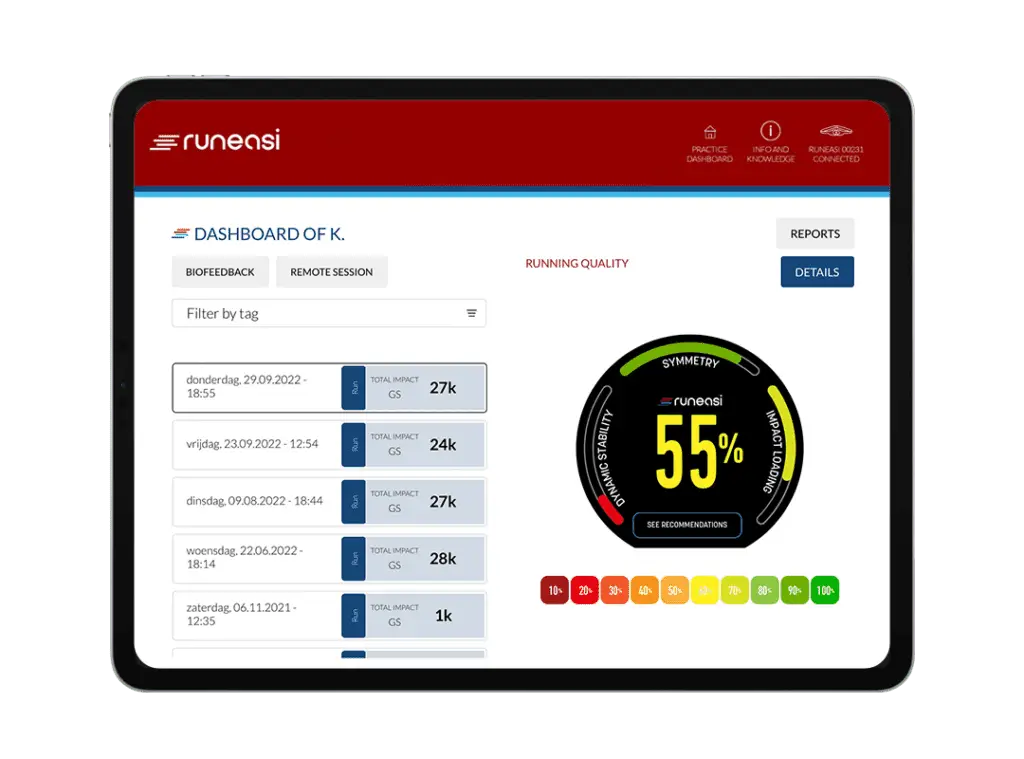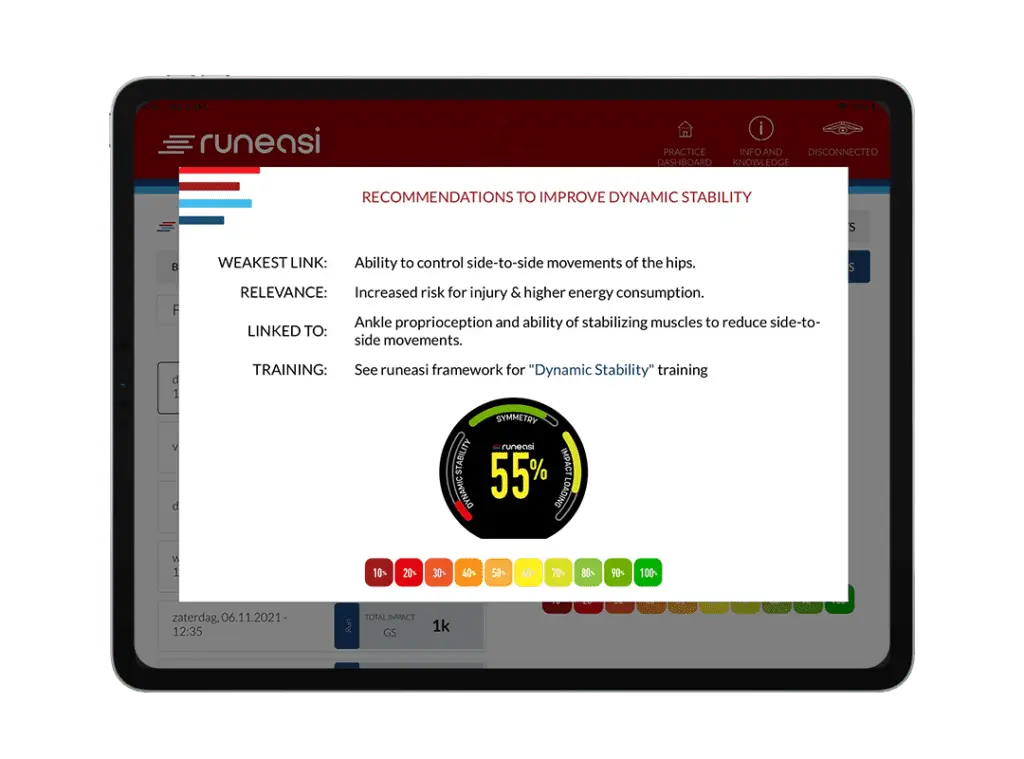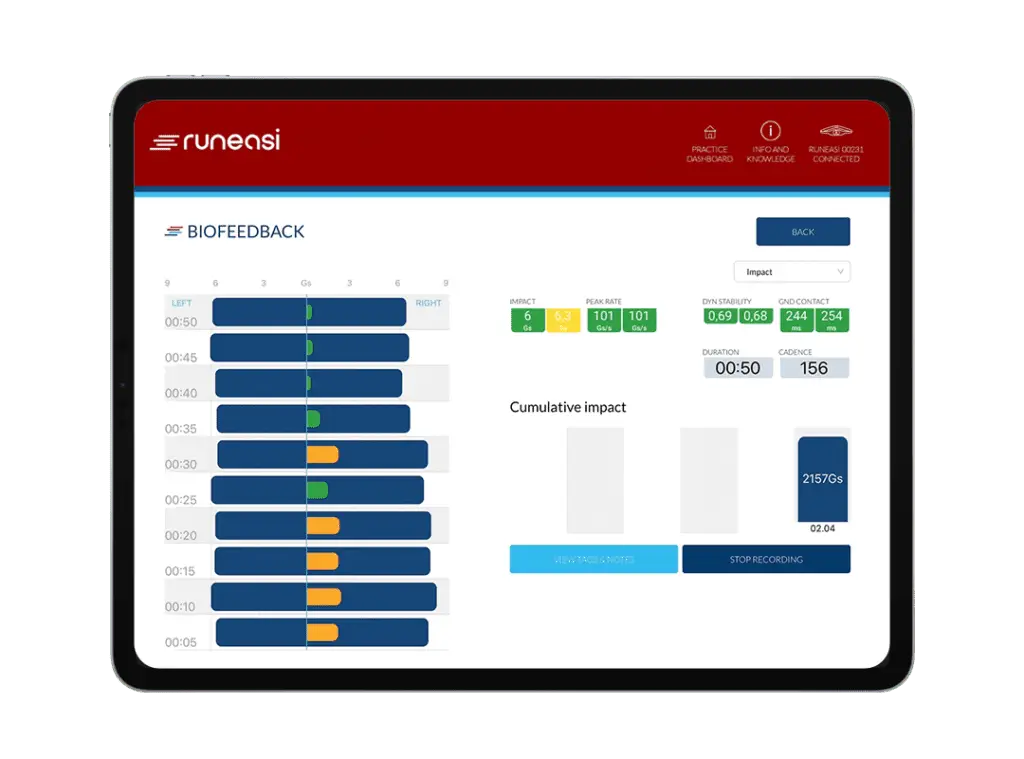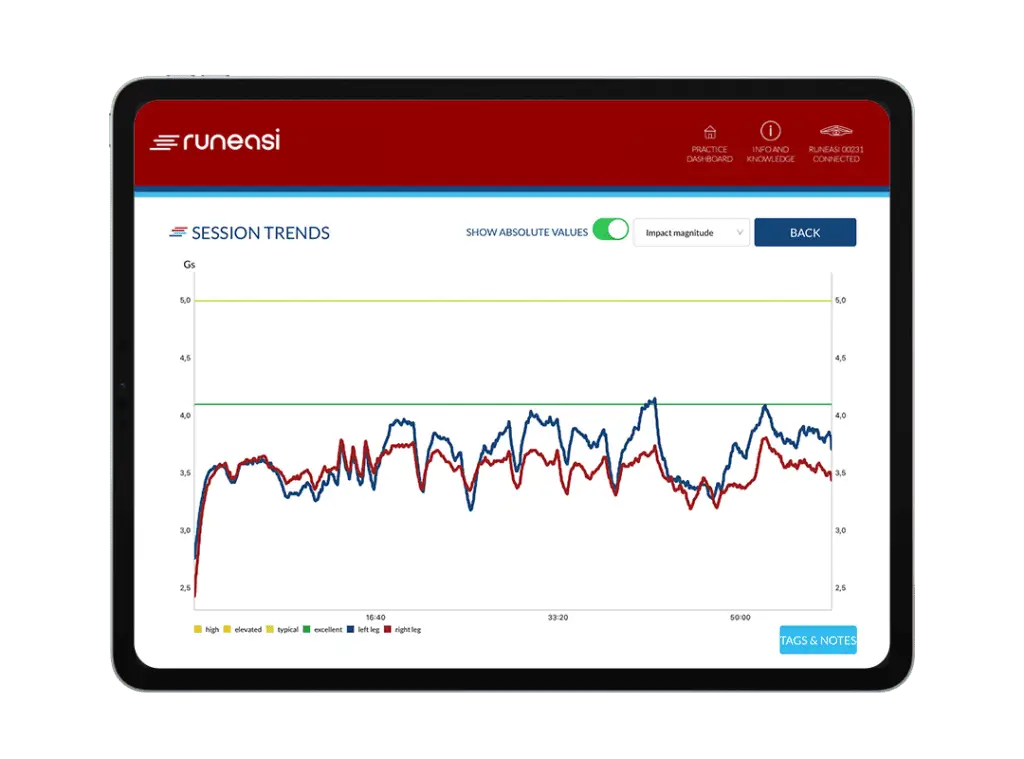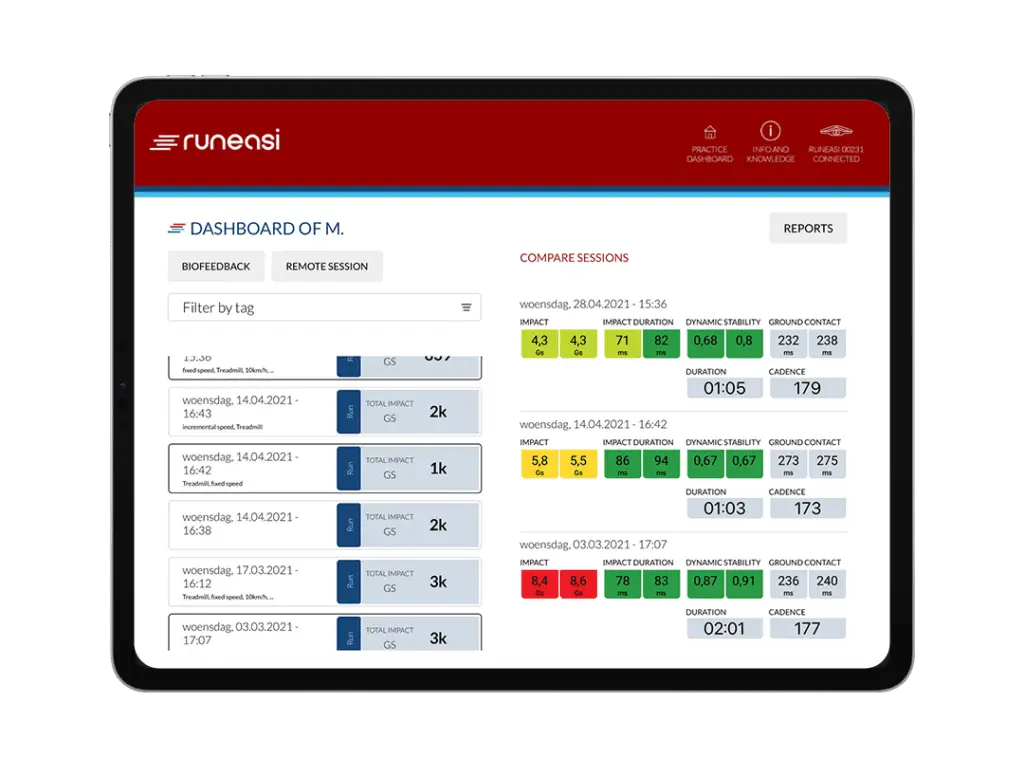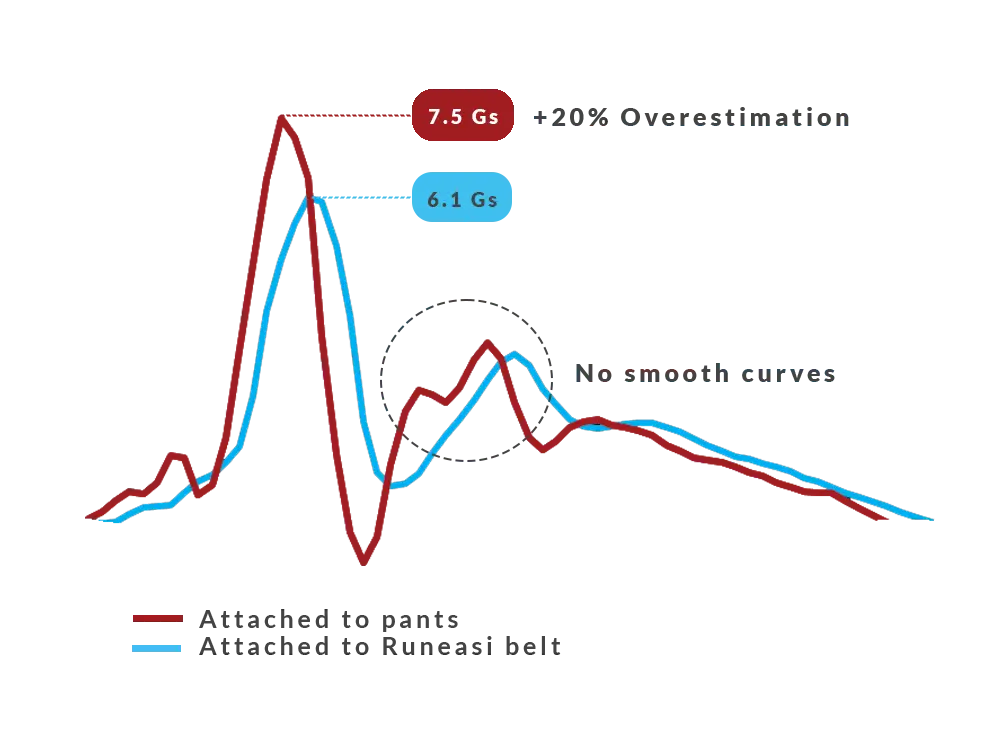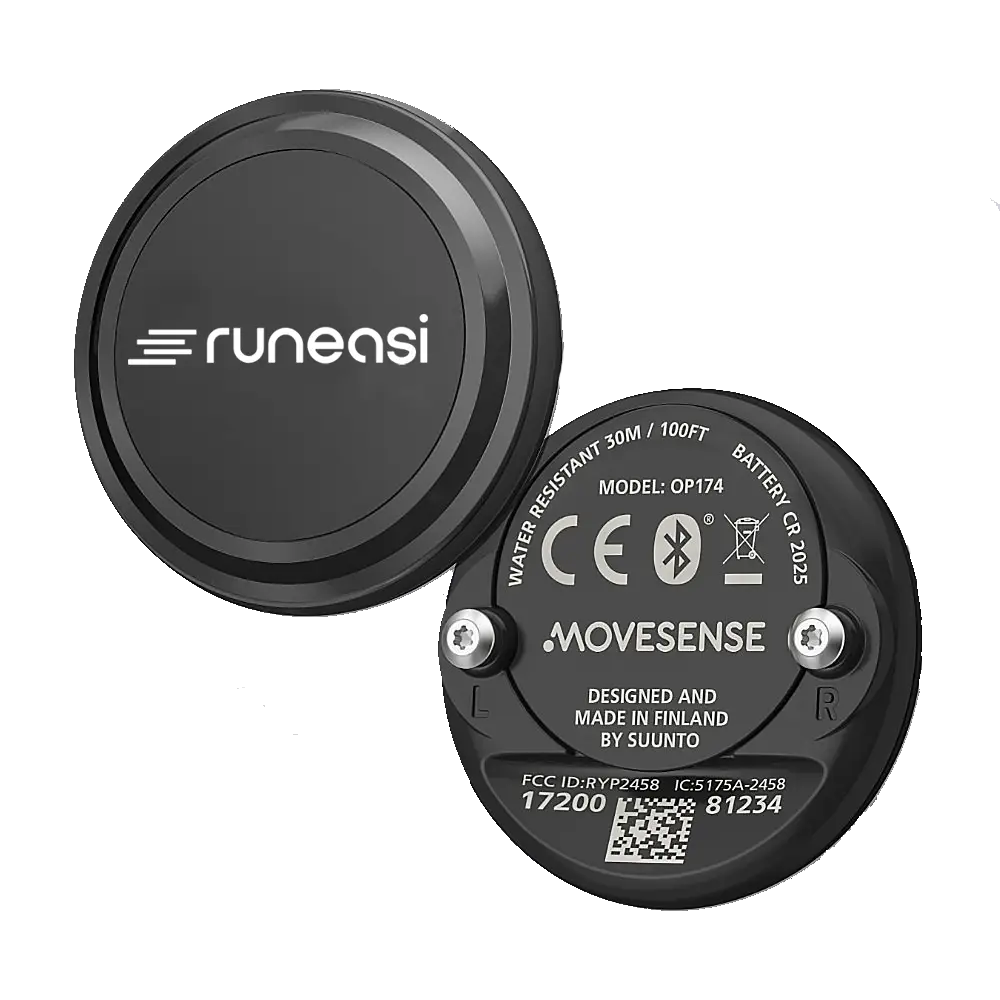Establishing the First Jump Benchmarks in Ultimate Frisbee
By Tim Op De Beéck
At Elite Invite Leuven, Runeasi Flightlab gave top athletes a new view on performance.
During the last Friday of May, Europe’s top ultimate players walked off the pitch and into the Runeasi Flightlab for a free 5-minute jump screening—receiving instant, personalized performance reports in return.
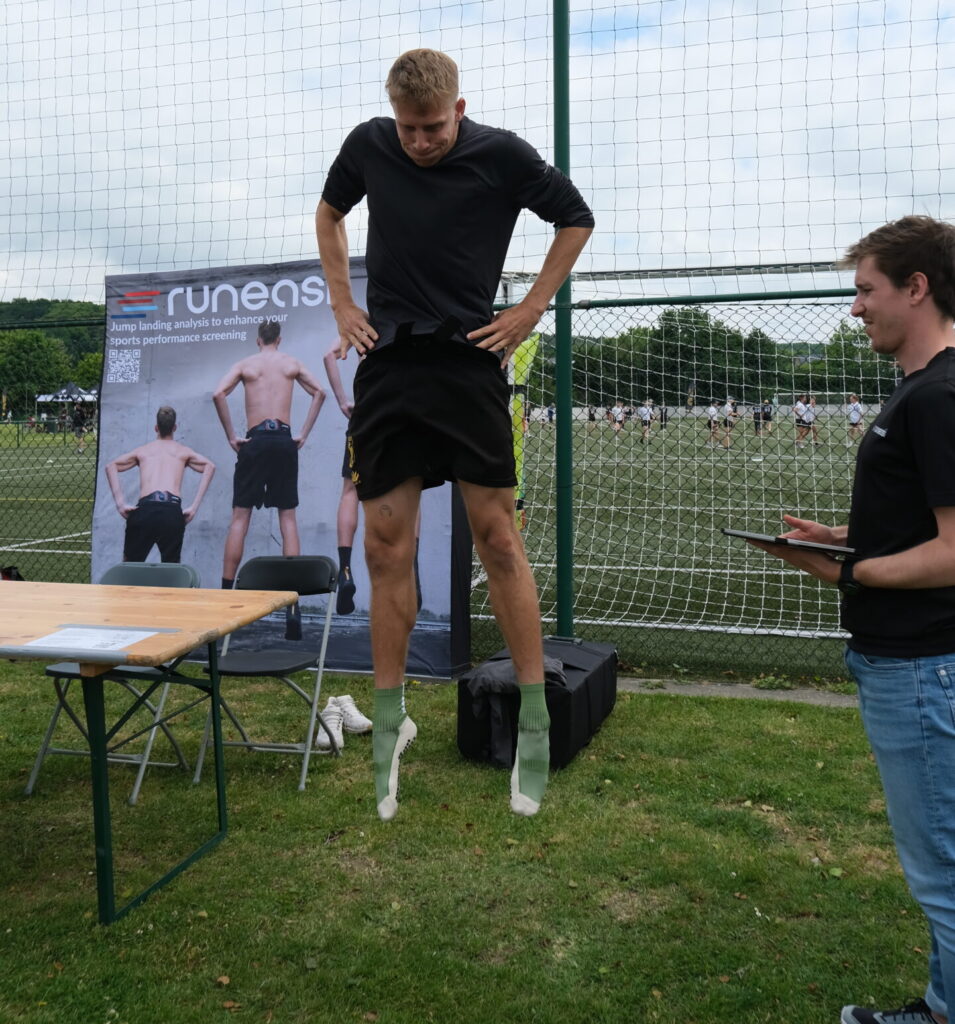
🎯 What we assessed:
Using a quick protocol with the Squat Jump (SJ) and Countermovement Jump (CMJ), we captured:
- Jump Height – This is the maximum height reached during the jump.
- Contraction Times – The time it takes for muscles to transition from eccentric to concentric action.
- Elastic Utilization Ratio – Indicates how efficiently elastic energy is used, based on the ratio of CMJ to SJ height.
- Reactive Strength Index (RSImod) – Calculated by dividing flight time by contraction time; reflects how quickly force is generated when jumping.
Why it matters:
Our goal is to establish the first-ever athletic benchmarks in ultimate frisbee—laying the foundation for smarter training decisions, stronger performance outputs, and fewer injury setbacks in a sport where change of direction, jumping, and landing mechanics are key.
📉 Built from experience:
Runeasi’s co-founder Tim Op De Beéck, a former Jetset and Belgium Open ultimate player, was inspired to launch this research after personally experiencing an ACL injury. Seeing teammates face similar setbacks sparked his mission to raise the bar in athletic development using objective, real-time data.
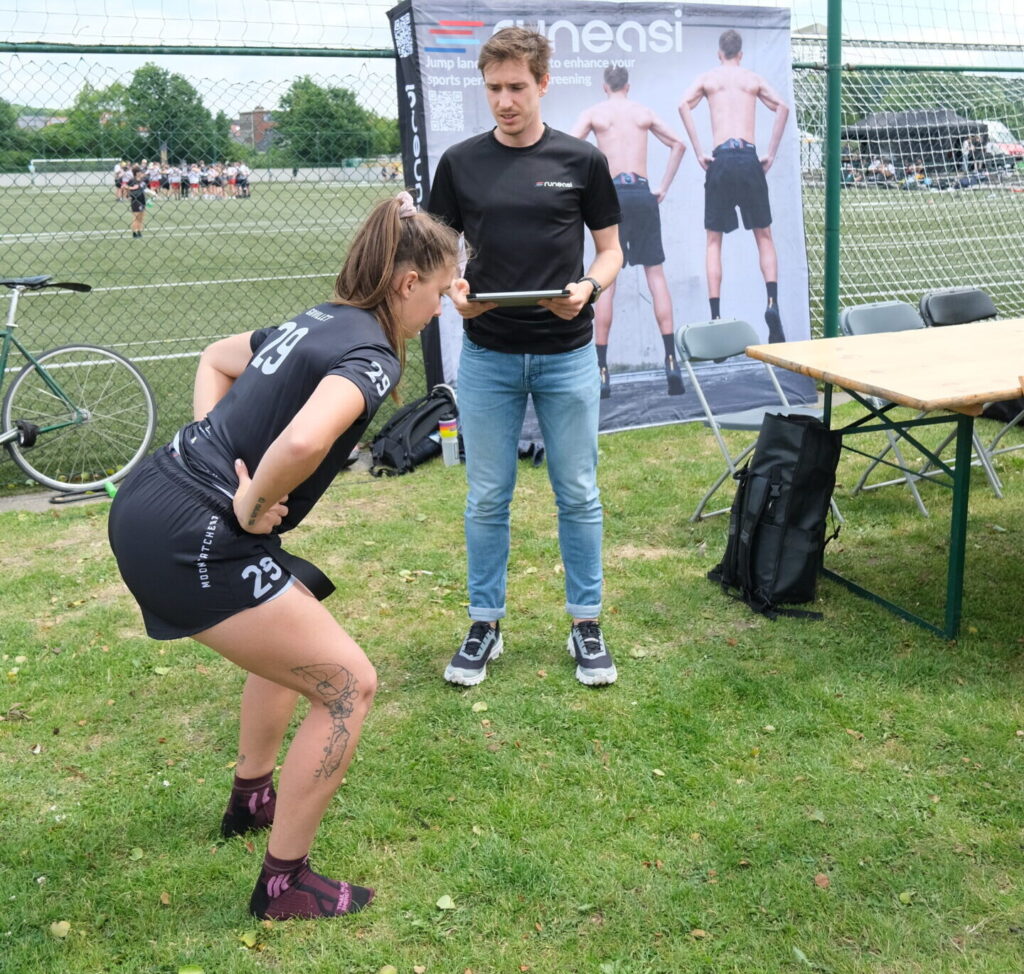
📈 What athletes got:
A detailed PDF breakdown of their lower limb rate of force development and elastic function. Not just raw numbers—but benchmarked against validated profiles from endurance, team, and sprint sports. Soon, we aim to add ultimate-specific benchmarks to that list—building a smarter, safer future for athletes in this fast-growing sport.
📊 Once the data is fully processed, we’ll release a blog report to share the aggregated results and key insights with the wider community.
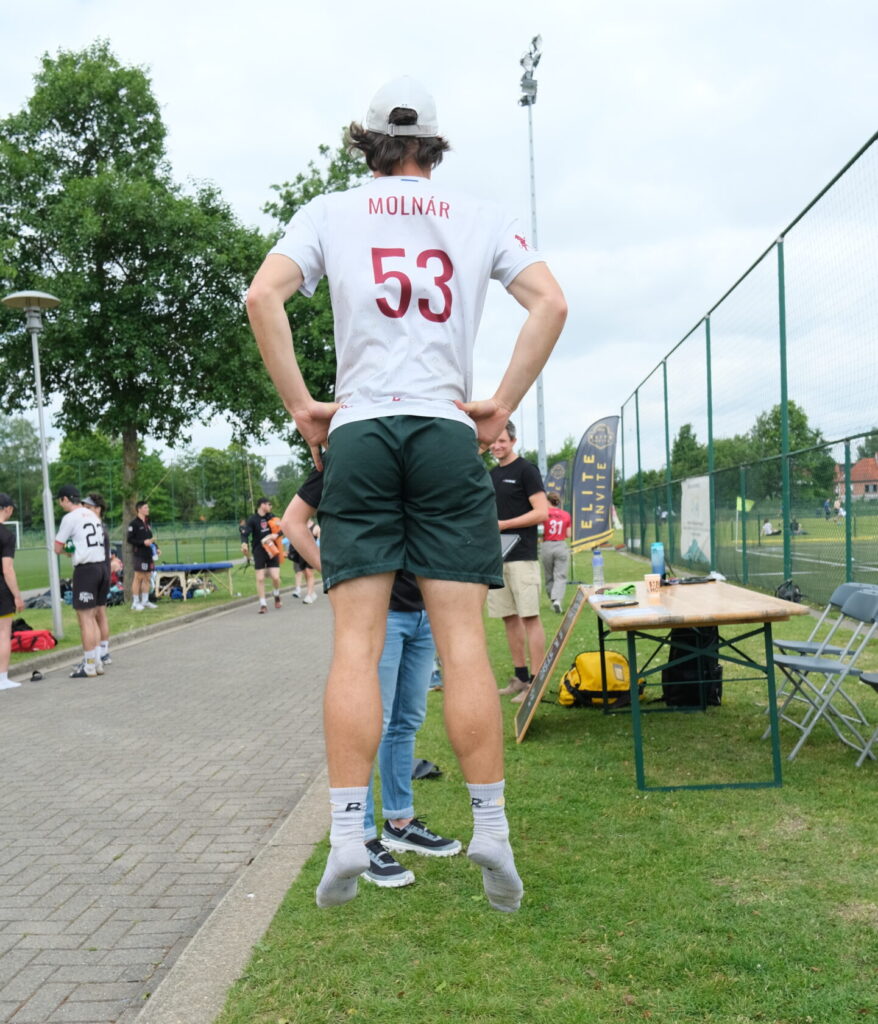
🙏 Thank you to the organizers, athletes, and volunteers who helped us run over 50 screenings in one day. This was a strong first step toward a more evidence-based future for ultimate.
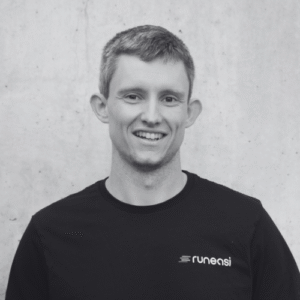
Blog by Tim Op De Beéck
Tim co-founded Runeasi as he believes that wearable technology can offer an affordable solution to physios to support their evidence-based decision-making. When applied correctly and with the right scientific underpinning of concepts in biomechanics, A.I. can leverage the similarities between patients to provide actionable and individual insights. As our CTO, Tim is motivated to improve our product every day by combining A.I. and biomechanics.

